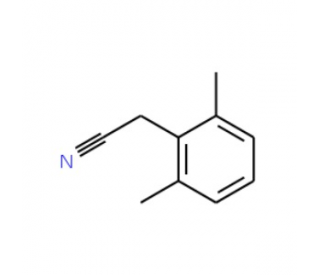詳細說明
Species Reactivity
Human
Specificity
Detects human PDGF R alpha. Recognizes the PDGF receptor alpha -subunit; it does not recognize the PDGF receptor beta -subunit. Binds to the PDGF receptor alpha -subunit of primate species (human, monkey, baboon) and dog. Does not recognize rat or mouse receptors and its ability to bind to receptors from other species has not been tested.
Source
Monoclonal Mouse IgG 1 Clone # PRa292
Purification
Protein A or G purified from ascites
Immunogen
Human osteosarcoma cell membrane extracts
Formulation
Supplied in a saline solution containing BSA and Sodium Azide.
Label
Phycoerythrin
Applications
Recommended
ConcentrationSample
Flow Cytometry
10 μL/10 6 cells
See below
Please Note: Optimal dilutions should be determined by each laboratory for each application. are available in the Technical Information section on our website.
Data Examples
Flow Cytometry | Detection of PDGF R alpha in U?118?MG Human Cell Line by Flow Cytometry. U?118?MG human glioblastoma/astrocytoma cell line was stained with Mouse Anti-Human PDGF R alpha PE?conjugated Monoclonal Antibody (Catalog # FAB1264P, filled histogram) or isotype control antibody (Catalog # , open histogram). View our protocol for . |
Preparation and Storage
Shipping
The product is shipped with polar packs. Upon receipt, store it immediately at the temperature recommended below.
Stability & Storage
Protect from light. Do not freeze.
12 months from date of receipt, 2 to 8 °C as supplied.
Background: PDGF R alpha
PDGF is a major serum mitogen that can exist as a homo- or heterodimeric protein consisting of disulfide-linked PDGF-A and PDGF-B chains. The PDGF-AA, PDGF?BB and PDGF-AB isoforms have been shown to bind to two distinct cell surface PDGF receptors with different affinities. Whereas PDGF R alpha binds all three PDGF isoforms with high affinity, PDGF R beta binds PDGF?BB and AB, but not PDGF-AA. Both PDGF R alpha and PDGF R beta are members of the class III subfamily of receptor tyrosine kinases (RTK) that also includes the receptors for M-CSF, SCF and Flt3 ligand. All class III RTKs are characterized by the presence of five immunoglobulin-like domains in their extracellular region and a split kinase domain in their intracellular region. PDGF binding induces receptor homo-and heterodimerization and signal transduction. The expression of the alpha and beta receptors is independently regulated in various cell types. Only PDGF R alpha is expressed in oligodendrocyte progenitor cells, mesothelial cell and liver endothelial cells. Soluble PDGF-R alpha has been detected in cell conditioned medium and human plasma. Recombinant soluble PDGF R alpha binds PDGF with high affinity and is a potent PDGF antagonist (1).
References:
Heldin, C.H. and L. Claesson-Welsh (1994) Guidebook to Cytokines and Their Receptors, Nicola, N.A. (ed) Oxford University Press, New York, NY p. 202.
Long Name:
Platelet-derived Growth Factor Receptor alpha
Entrez Gene IDs:
5156 (Human); 18595 (Mouse)
Alternate Names:
alpha-type platelet-derived growth factor receptor; CD140 antigen-like family member A; CD140a antigen; CD140a; EC 2.7.10; EC 2.7.10.1; MGC74795; PDGF R alpha; PDGFR2; PDGFRA; PDGFRA/BCR fusion; PDGF-R-alpha; platelet-derived growth factor receptor, alpha polypeptide; rearranged-in-hypereosinophilia-platelet derived growth factor receptor alphafusion protein; RHEPDGFRA











 粵公網安備44196802000105號
粵公網安備44196802000105號